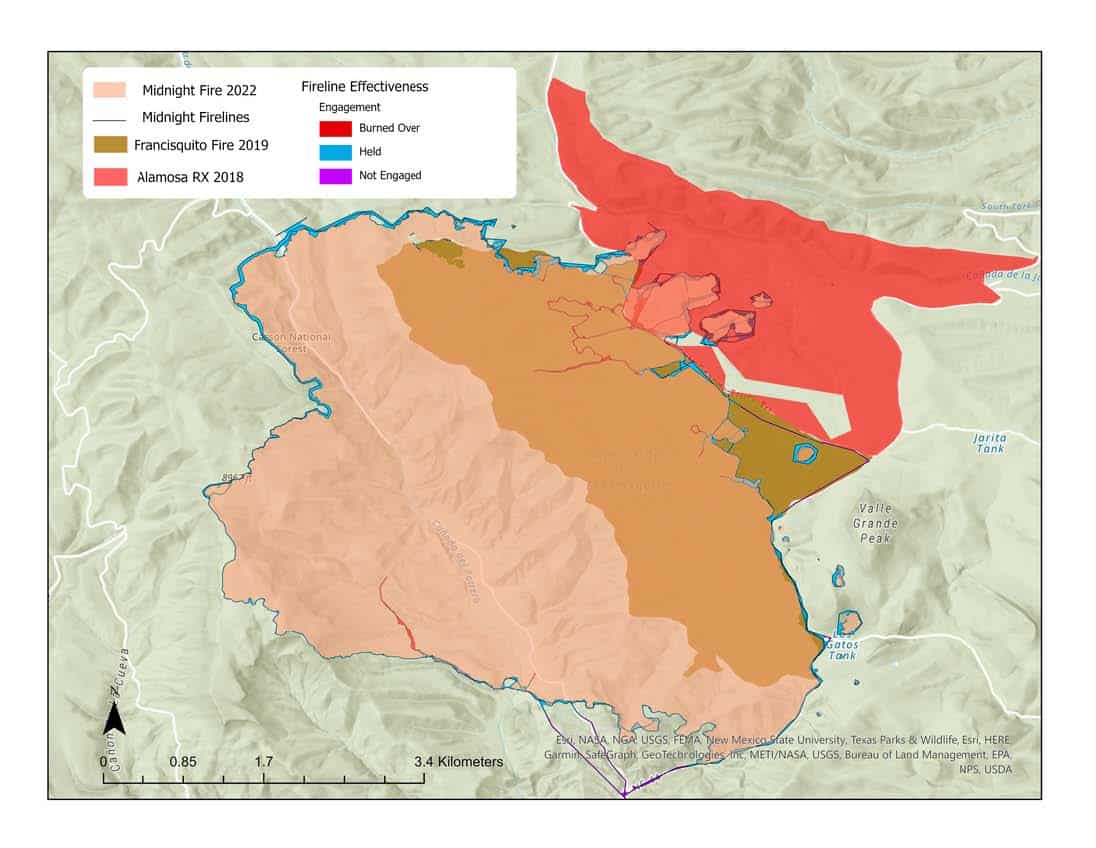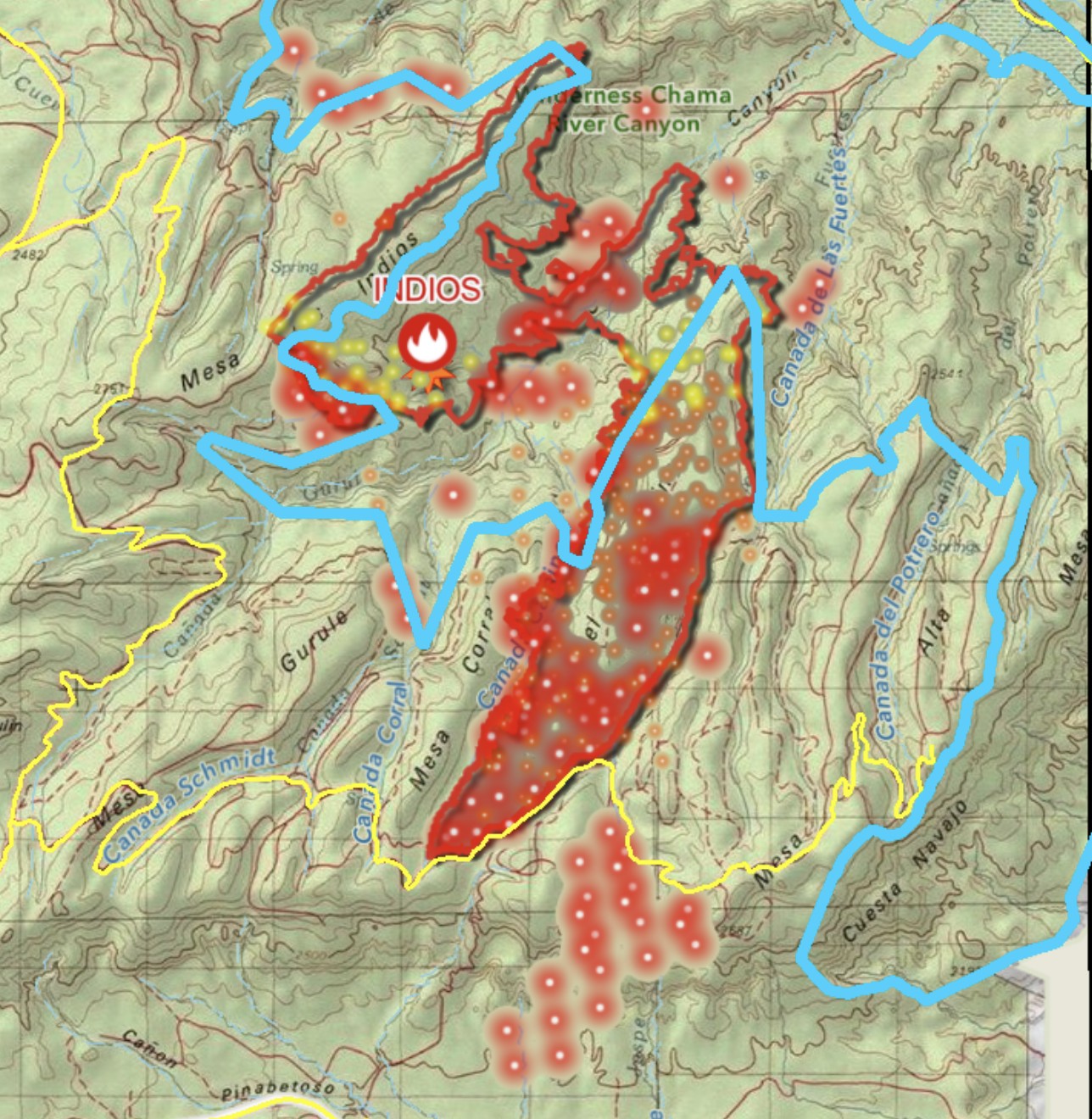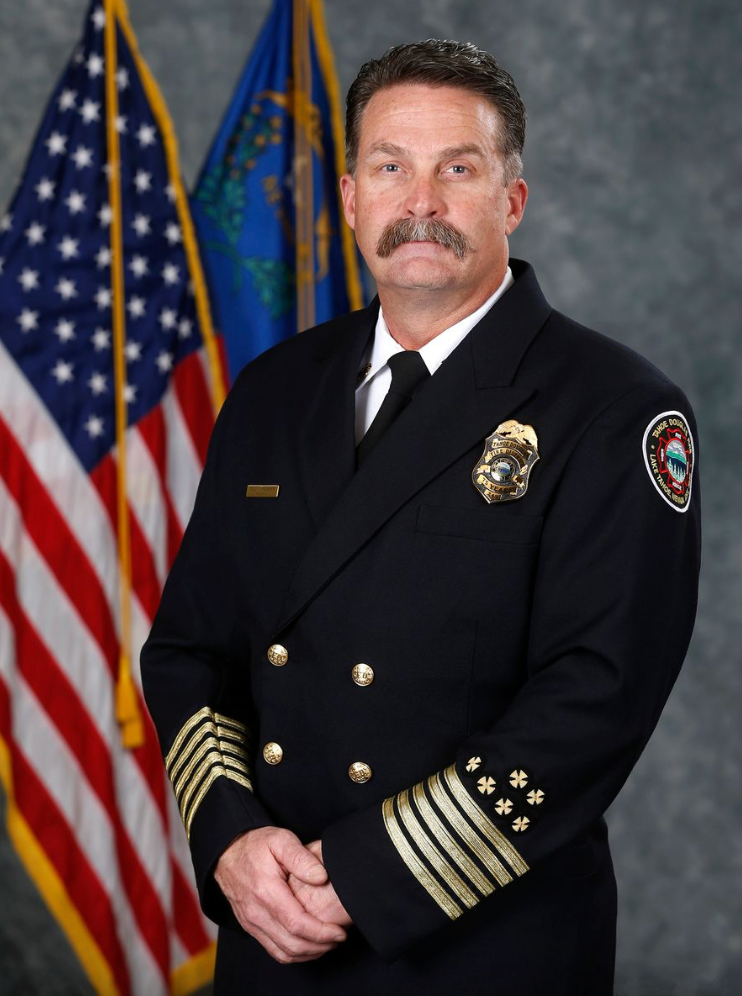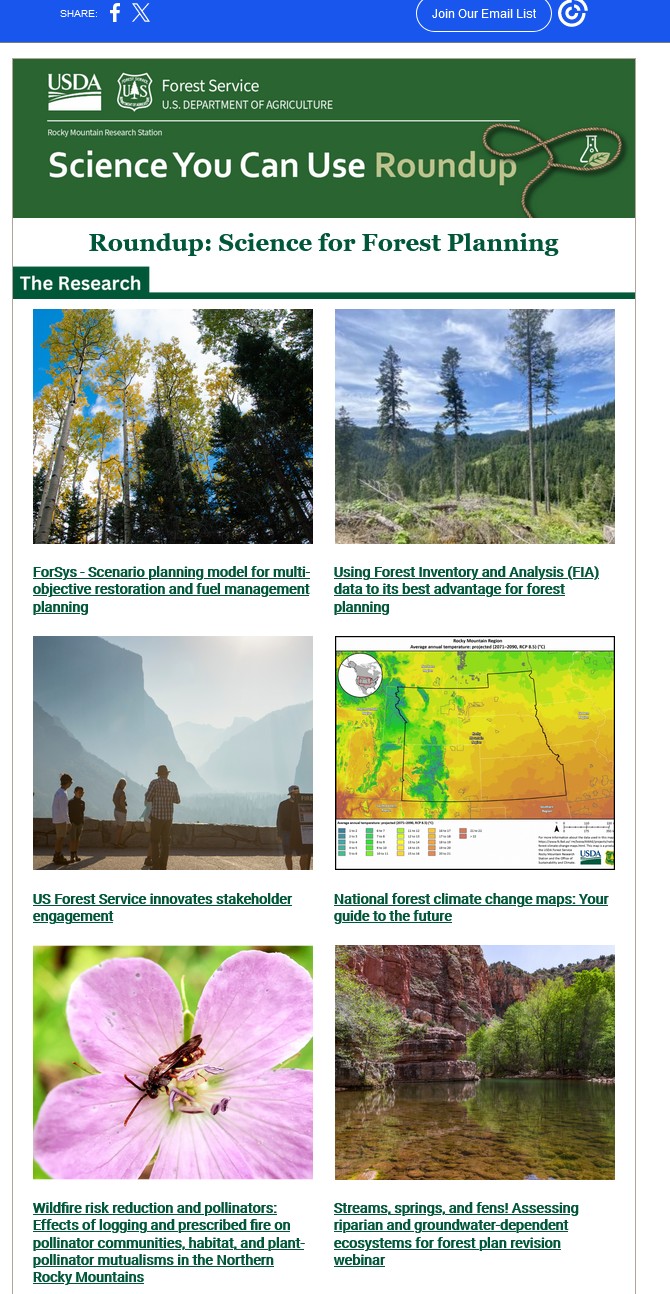Many thanks to a TSW reader who supplied this Scott Streater story in E&E News, which is quite comprehensive. In addition to an oligarchy vibe, I now get a “separation of powers” vibe about this regulation and its implementation. It seems like kind of a sharp stick in the eye to the Governors and others who did not support these elements of the proposed rule; in fact, in Streater’s reporting, they “doubled down” on policies people disagreed with. Feature or bug? I’m so not a politician. Anyway, in the interests of fair use, I excerpted the two areas of most interest (to me). Feel free to excerpt other sections in the comments.
Stone-Manning and others promised the rule will be implemented in a deliberate fashion when it goes into effect on June 10. This will include a “preliminary suite of implementation guidance” developed by “interdisciplinary and intra-organizational teams” to help guide staff, said Brian St. George, BLM’s deputy assistant director of resources and planning.
***************
But Thursday’s webinar also provided key details about some of the policy and regulatory changes associated with the rule’s overarching goal to elevate conservation as a formal use of BLM lands, on par with energy development, mining, recreation and livestock grazing.
But let’s not forget that BLM “conservation” is not the same as USDA “conservation”.
And it underscored just how much work will be required. The webinar included a chart outlining the work of three “implementation teams” that will assist staff in executing key components of the rule, including conservation leasing, land health standards and the designation of “areas of critical environmental concern,” which the new rule makes an agency priority. For example, a “Restoration and Mitigation Team” has been working for months to develop procedures for one of the most contentious provisions in the rule — the creation of a restoration and mitigation leasing system that energy developers, mining companies and others will be able to use as as part of doing mitigation to offset project impacts on other lands.
I don’t know if this means “other” BLM lands, federal lands, or any lands.
The team is developing a “lease application worksheet” for staff, according to the slide, as well as instruction memorandums to field offices set to be issued soon detailing what project applications should be prioritized for restoration leasing. Critics have argued that environmental groups, among others, could purchase the leases and lock up public lands from energy development and mining for years. While the rule allows for nongovernmental groups to buy these leases and pay to conduct restoration work on the land, this should not be interpreted by staff as conveying “exclusive rights to the use of the public lands” under a 10-year lease, said Deblyn Mead, a BLM national mitigation specialist.
I just don’t get it. If they are paying for good things to happen, and that doesn’t preclude other things from happening, then they don’t really need leases. I don’t see that the BLM has had trouble administering outside money to do good things, while maintaining the option of allowing other things on site.
What’s more, criticism by congressional Republicans that private entities or individuals associated with “foreign adversaries” such as Russia could purchase a restoration or mitigation lease is unfounded, said Mark Ames, a BLM realty specialist. “Foreign persons may not be granted a restoration lease,” Ames said.
I don’t want to be overly skeptical here, but when organizations, including “conservation groups” aren’t required to show who is funding them (as in the various c3s and c4s I’ve been following) how is anyone to know? Take Hans Wyss for example; for sure, Switzerland is not Russia, but he is a foreign national who seems to be funding many some ENGO’s.
Temporary ACEC protections
BLM doubled down on a potentially contentious aspect of the rule that would allow the agency to implement “temporary management” procedures for some parcels nominated for designation as areas of critical environmental concern, or ACECs, that would block energy development and other uses on sensitive rangelands, potentially for years at a time.
Brenda Lincoln-Wojtanik, a senior planning and environmental analyst, outlined to staff the process of applying these temporary measures to nominated parcels. BLM state directors are authorized under federal law to implement these temporary management measures on nominated parcels, with few restrictions. Directors can take this step before parcels go through the lengthy land-use revision process required before the designation of an ACEC — which are managed primarily to protect their environmental, cultural, historic or scientific values, restricting activities that conflict with that priority.
To qualify for these temporary management measures, the nominated parcels must be determined to have “relevant and important values,” and that “special management attention” is needed to protect the resource values.
As a former bureaucratic writer, I could probably write such such a rationalization for any BLM acre as requested :).
The Information Bulletin sent to staff late Thursday says the new rule establishes “a presumption” that all potential ACECs that meet these three requirements “will be designated” as such. It also includes a chart stating that BLM staff should “immediately” begin to consider ACEC nominations “and implement interim management as appropriate.”
The temporary management measures would be lifted once BLM makes a determination about the ACEC as part of a larger resource management plan (RMP).
But some land-use plans can wait decades to be revised.
I don’t get it, I thought this Admin was all about NEPA, public involvement and addressing the views of marginalized communities (which RMPs do and this does not). Another idea, if RMPs are too hard to do.. maybe change those regs? Ask Congress for help amending the statute? I don’t actually see “three” requirements in the story, I just see “values” and “attention”??
House Natural Resources Chair Bruce Westerman (R-Ark.) highlighted this aspect of the rule on the House floor last month prior to the approval of H.R. 3397, which would require BLM to withdraw the rule. Even though this has been used by BLM only a handful of times in the past 25 years, it’s an option that the bureau may use more frequently now. “If we decide that we’re going to evaluate that nomination and we find that it meets all three criteria, we are required then to protect those values” through temporarily protective measures, or the start of a new resource management process to evaluate the ACEC nomination, Lincoln-Wojtanik said.
In addition to vibes of oligarchy, separation of powers issues, I get a strong vibe of hornswogglery with this one.








